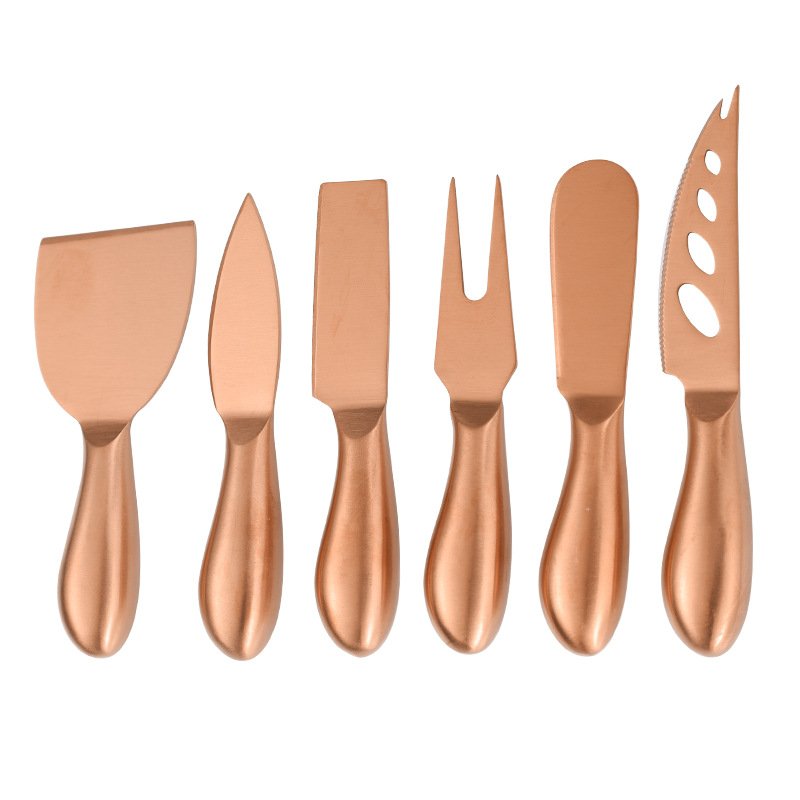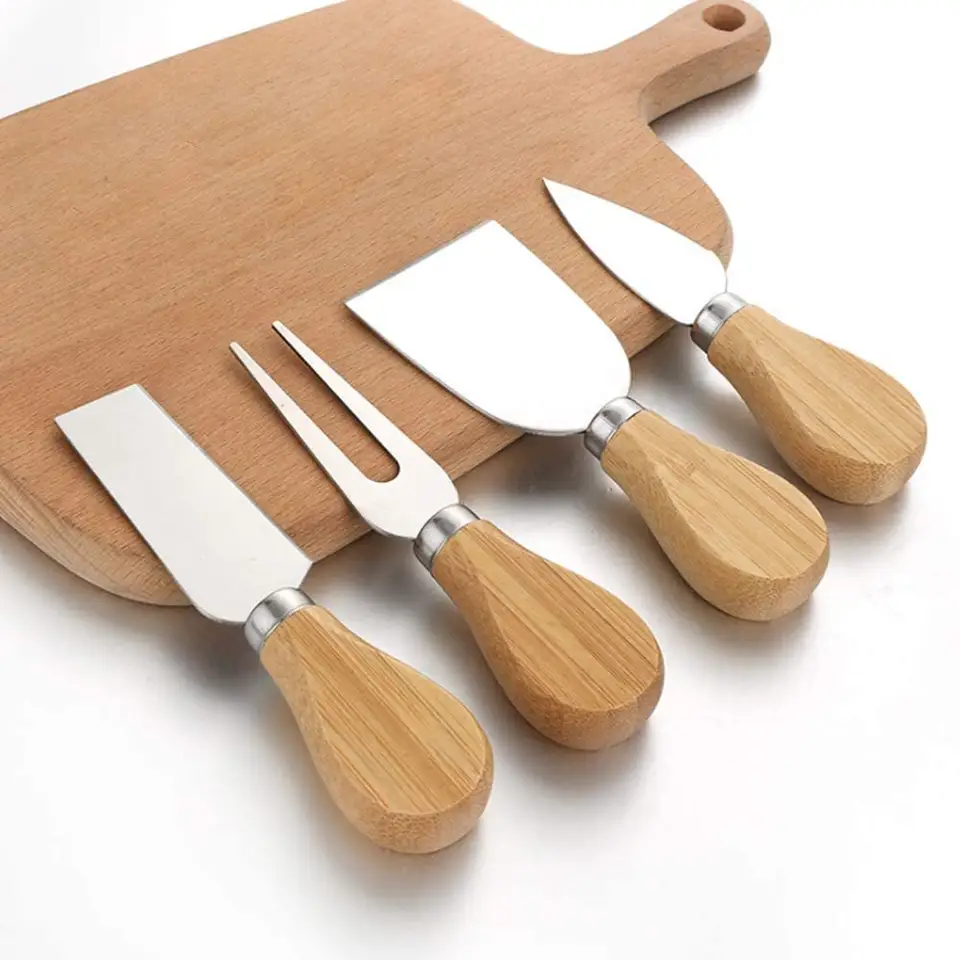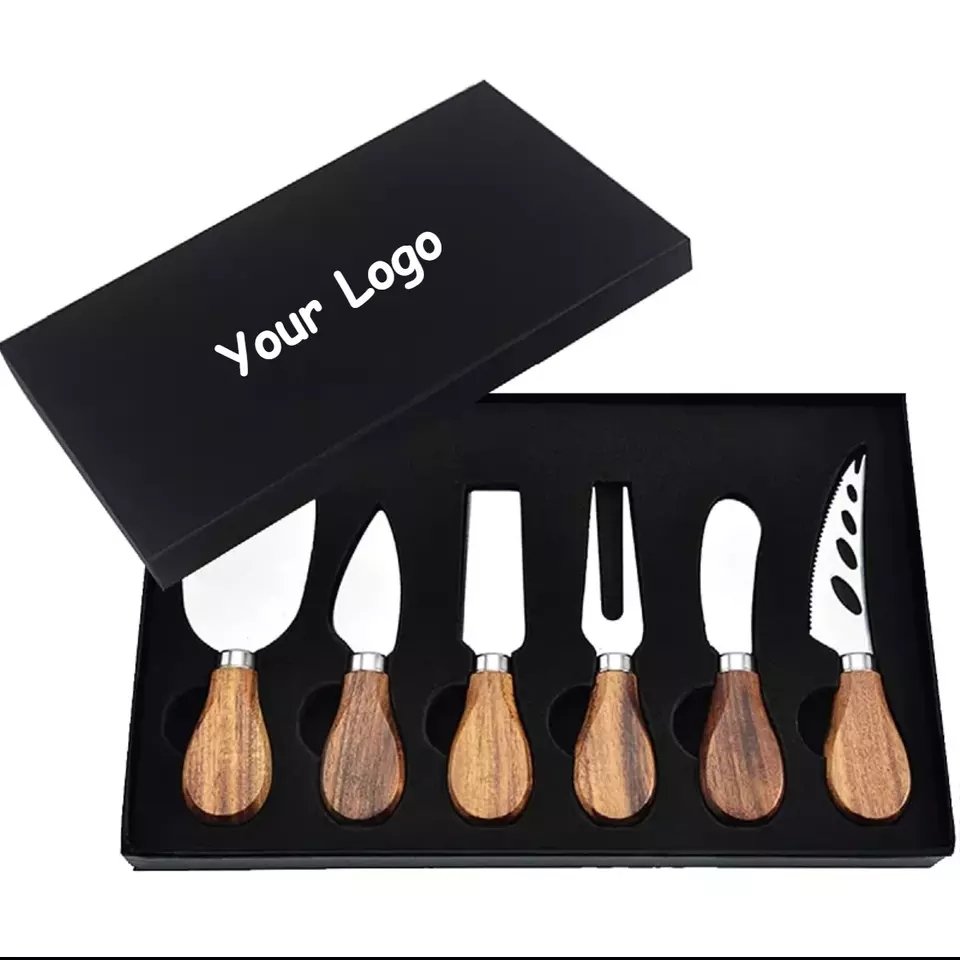People with disabilities or limited hand function often feel left out at mealtimes. Struggles with holding regular cutlery can take away their dignity and independence.
Adaptive silverware and utensils are specially designed to help people with physical challenges eat more easily and comfortably.
Finding the right tools can transform everyday meals. It’s not just about eating—it’s about restoring control and confidence. Let’s explore how adaptive utensils are changing lives, and how to choose the best ones for your needs.
Table of Contents
What are adaptive eating utensils?
It’s frustrating when traditional spoons or forks slip from your hand, or when pain makes gripping difficult. Meals become stressful instead of joyful.
Adaptive eating utensils are specially designed tools that support people with limited hand mobility, grip strength, or coordination to eat independently.

Why Adaptive Utensils Matter
Adaptive eating utensils are not just “bigger” or “softer” versions of traditional ones. They reflect years of study, design testing, and user feedback. Here’s how they make a difference:
Categories of Adaptive Utensils
| Type | Description | Best For |
|---|---|---|
| Built-up handles | Thick, soft grips to help those with weak grasp | Arthritis, stroke patients |
| Angled utensils | Curved handles for easier motion from plate to mouth | Limited wrist movement |
| Weighted utensils | Heavier tools to reduce tremors | Parkinson’s, essential tremors |
| Swivel spoons | Spoon head stays level as the hand moves | Hand shaking |
| Universal cuffs | Wrap-around tools to attach utensils to the hand | No hand strength |
Comparing Traditional vs Adaptive Utensils
| Feature | Traditional Cutlery | Adaptive Cutlery |
|---|---|---|
| Grip Comfort | Slim, firm | Soft, enlarged |
| Motion Flexibility | Straight, rigid | Angled, dynamic |
| Control with Tremors | Easily dropped | Weighted, stabilized |
| Custom Fit Options | One-size-fits-all | User-specific adjustments |
We must consider adaptive utensils as essential tools—not just for comfort, but for self-reliance and emotional well-being. It’s not only about function. It’s about dignity.
What utensils are autism friendly?
Many children and adults with autism experience sensory challenges during mealtimes. Sounds, textures, or even the feel of utensils can trigger distress.
Autism-friendly utensils are designed to reduce sensory overload, with soft textures, calming colors, and easy-to-hold shapes.
Autism affects individuals in different ways. Some may be hypersensitive to touch, while others may struggle with fine motor control. Eating with regular utensils can feel overwhelming or even painful.
Key Features in Autism-Friendly Utensils
| Feature | Benefit |
|---|---|
| Soft-touch surfaces | Avoid unpleasant sensory feedback |
| Ergonomic shape | Easier to grip and control |
| Color coding | Helps users recognize function quickly |
| Lightweight material | Reduces fatigue and effort |
| Non-slip texture | Prevents accidental drops |
These tools are often used alongside occupational therapy goals. Sometimes, a small change—like replacing a cold metal spoon with a silicone-tipped one—can make a huge difference.
Matching Utensils to Individual Needs
Choosing utensils for someone with autism is not a one-size-fits-all task. Some prefer vibrant colors, others find them distracting. Some do better with thicker grips, others prefer thinner ones. In my work, I’ve seen how trial-and-error often leads to the best outcomes.
| Preference Factor | Guiding Question | Example Utensil Type |
|---|---|---|
| Tactile sensitivity | Does the user dislike hard or cold textures? | Silicone-coated utensils |
| Visual clarity | Does color help with focus and structure? | Color-coded spoon/fork sets |
| Grip control | Are fine motor skills still developing? | Built-up or loop-handled tools |
For autism-friendly utensils, emotional safety is as important as physical ease. We should approach these designs with patience and compassion.

What are the assistive devices used for eating?
Eating can become a complex task when coordination, strength, or posture are affected. But many tools exist to make it easier and more comfortable.
Assistive eating devices include utensils, plate guards, non-slip mats, and special cups designed to support independent and safe eating.
Eating support goes beyond forks and spoons. It includes a variety of tools that help people scoop, hold, and lift food without spills or strain.
Assistive Devices Overview
| Device Name | Purpose | Who Benefits |
|---|---|---|
| Plate guards | Prevent food from sliding off the plate | One-handed users |
| Scoop dishes | Curved edges assist with picking up food | People with limited dexterity |
| Non-slip mats | Keep plates stable during use | Stroke survivors, tremors |
| Adaptive cups | Angled straws, lids for easy drinking | Elderly, Parkinson’s |
| Rocker knives | Use rocking motion instead of slicing | Weak wrist or grip strength |
The Bigger Picture: Eating with Dignity
When we combine different devices, we create a full mealtime solution. I’ve worked with clients who built their setups like a kit—using a scooper bowl, a curved spoon, and a weighted cup—to support their eating independently at home.
| Mealtime Challenge | Suggested Device Combo |
|---|---|
| One-handed eating | Plate guard + built-up handle utensil |
| Involuntary shaking | Weighted spoon + non-slip bowl |
| Reduced vision | High-contrast plates + large-handle tools |
| No hand control | Universal cuff + adapted straw cup |
Assistive tools are not signs of weakness. They are signs of empowerment.
What utensils are best for hand tremors?
Hand tremors can turn a simple meal into a frustrating and messy experience. Standard utensils often slip, spill, or shake out of control.
Weighted and stabilizing utensils are best for people with hand tremors, as they help minimize shaking and improve control.
Tremors don’t just affect the hand—they affect confidence and self-image. Choosing the right utensil is about regaining stability and peace during mealtimes.
Most Effective Utensils for Tremors
| Utensil Type | Function | Use Case |
|---|---|---|
| Weighted utensils | Reduce tremor through added mass | Parkinson’s, essential tremor |
| Gyroscopic spoons | Automatically level out during movement | Severe tremors, coordination issues |
| Strap-on handles | Prevent slipping from hand | Weak grip or involuntary motion |
| Rocker knives | Easy slicing with rocking motion | Limited wrist mobility |
Some users benefit more from a combination approach. For example, a weighted fork paired with a non-slip placemat and scoop bowl can completely change the eating experience.

Real Feedback from My Clients
I remember working with a customer whose father had advanced Parkinson’s. After trying several products, the weighted utensil set with a stabilizing spoon helped him eat his soup calmly for the first time in weeks.
| Issue Faced | Tool That Helped |
|---|---|
| Shaking made food fall | Weighted spoon |
| Couldn’t grip fork | Universal cuff attachment |
| Sliced hand with knife | Rocker knife with finger guard |
It’s not just about the utensil—it’s about restoring confidence and preserving independence.
What is the difference between eating utensils and silverware?
These terms are often used interchangeably. But in certain contexts—especially in design and manufacturing—there is a clear difference.
Eating utensils refer to all tools used to eat, while silverware traditionally refers to utensils made of silver or resembling silver in appearance.
In the kitchenware world, terminology matters. Especially when choosing the right tools for people with disabilities or special needs, it helps to be clear.
Definition Comparison
| Term | Common Use | Includes |
|---|---|---|
| Utensils | General term for tools used during eating | Spoon, fork, knife, chopsticks |
| Silverware | Originally referred to sterling silver tools, now used broadly | Often fancy or decorative forks, knives, spoons |

Practical Implications
In my business, clients sometimes request “silverware” when they mean “utensils.” I clarify whether they want standard stainless steel or true silver-plated items. For adaptive designs, “utensils” is a more accurate and inclusive term.
Adaptive silverware does exist—it refers to aesthetically appealing adaptive tools. But in practice, function should come before form.
| Scenario | Recommended Term | Reason |
|---|---|---|
| Product design spec | “Utensil” | More inclusive of material options |
| Consumer luxury branding | “Silverware” | Sounds high-end and elegant |
| Occupational therapy tools | “Adaptive utensils” | Functional clarity for medical use cases |
Let’s use clear language to help buyers, users, and designers understand each other better.
What spoon do people with hand tremors use?
Eating soup or cereal becomes almost impossible with shaking hands. The liquid spills. The spoon tilts. The frustration builds.
People with hand tremors use weighted or self-leveling spoons to reduce spillage and increase mealtime control.
A spoon may seem like a simple tool. But for someone with tremors, every detail matters—from the handle shape to the bowl depth.
Key Types of Spoons
| Spoon Type | How It Helps |
|---|---|
| Weighted spoon | Heavy design stabilizes shaky movements |
| Gyroscopic spoon | Self-leveling bowl prevents spills |
| Built-up handle spoon | Easier to grip, less finger strain |
| Scoop-style spoon | Deeper bowl holds food securely |
What I’ve Learned from Real Users
My clients say the self-stabilizing spoon often feels like magic. One elderly user told me, “It’s the first time I didn’t wear soup on my shirt.” This speaks volumes about dignity and self-worth.
| Daily Frustration | Spoon Solution |
|---|---|
| Can’t hold spoon steady | Weighted handle |
| Liquid spills mid-air | Swivel/gyroscopic spoon |
| Hard to scoop food | Deep scoop-style spoon |
Choosing the right spoon is about more than hand control. It’s about reclaiming joy in a basic, human activity.

What are the benefits of adaptive cutlery?
Some may think adaptive cutlery is just a niche solution. But when used well, these tools bring life-changing benefits.
Adaptive cutlery improves independence, reduces caregiver burden, boosts confidence, and encourages regular eating habits.
It’s more than convenience. It’s a doorway to inclusion, physical comfort, and emotional health.
Top Benefits Summarized
| Benefit | Impact |
|---|---|
| Restores independence | Reduces reliance on caregivers |
| Improves nutrition | Encourages consistent, stress-free eating |
| Enhances safety | Prevents spills, cuts, or burns |
| Boosts dignity | Allows private, confident mealtime |
Adaptive cutlery also supports long-term health. People eat more regularly when they feel safe and comfortable. This supports digestion, energy, and immune health.
| Emotional Benefit | How It Appears in Daily Life |
|---|---|
| Less frustration | Calmer meals, fewer outbursts |
| Higher self-esteem | Proud to eat alone or in public |
| Positive social impact | Able to eat comfortably with family and friends |
I’ve seen this firsthand with users who told me, “This fork changed my life.” It’s not an exaggeration—it’s reality.
Adaptive eating utensils are not just tools—they’re bridges to confidence, health, and freedom.





